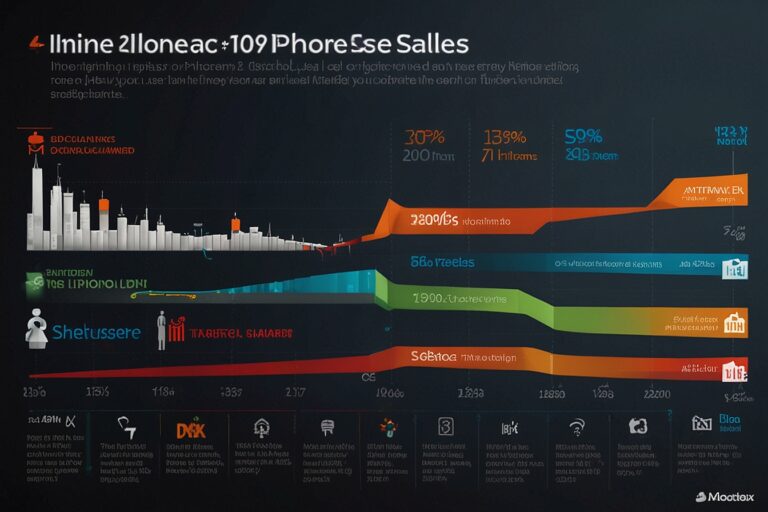
TL;DR
- Two dormant whale wallets moved 20,000 BTC, worth over $2 billion, to new addresses.
- The BTC was originally received in 2011 at a price of $0.78, implying a 140,000x return.
- No funds were sent to exchanges, signaling no immediate intent to sell.
- The movements stirred speculation, but on-chain analysts see no profit-taking behavior.
- BTC remains above $107,000, showing resilience despite high-stakes whale activity.
Two Whale Wallets Move 20,000 BTC Worth $2B
On Friday, blockchain monitoring services detected a rare movement of long-dormant bitcoin. Two wallets that had remained inactive since April 2011 suddenly transferred 20,000 BTC, valued at over $2 billion, to fresh addresses. The action set off widespread interest across the crypto space, not least because these coins were acquired when bitcoin traded at just $0.78.
The addresses — labeled “12tLs…xj2me” and “1KbrS…AWJYm” — have become the subject of extensive analysis by platforms such as Whale Alert and Lookonchain, which confirmed the massive transfers early Friday.
Dormant Since 2011 — Now in Motion
According to blockchain data, the two whale wallets had received their BTC on April 3, 2011, when the entire bitcoin ecosystem was still in its infancy. At that time, the price of BTC hovered around $0.78, making the original value of the coins a mere $15,600. Today, with bitcoin trading above $107,000, the movement represents an unrealized return exceeding 140,000x.
While such whale movements often lead to fears of major sell-offs, on-chain behavior provides a more nuanced picture. These coins were not moved to exchanges, but to other anonymous, non-custodial wallets, a signal that suggests custody reorganization or pre-inheritance planning, rather than immediate liquidation.
Bitcoin Whale Wallet Movements
| Metric | Value | Source |
| BTC moved | 20,000 BTC | Whale Alert |
| Estimated current value | Over $2 billion | CoinDesk |
| Original acquisition date | April 3, 2011 | Lookonchain |
| BTC price at acquisition | $0.78 | CoinMarketCap (Historical) |
| Estimated ROI | 140,000x | Calculated |
| Destination wallets | Non-exchange (private) | Whale Alert |
| Bitcoin price at time of movement | $107,816.61 | CoinDesk Markets |
Long-Term Holders Have Already Been Selling
The movements come amid a broader trend in which long-term holders are starting to take profits, particularly since bitcoin crossed the $100,000 milestone in May 2025. However, the activity from these two specific wallets does not align with traditional profit-taking behavior.
Typically, whale wallets move coins to centralized exchanges like Binance or Coinbase before initiating sales. But in this case, the receiving addresses have gone silent post-transfer, with no secondary movements or exchange interactions observed.
Market Impact: Price Stable Despite Whale Ripples
Whale activity often brings volatility risk, especially if market participants anticipate a large sell-off. But so far, BTC has held above $107,000, indicating market confidence and liquidity strength.
This could reflect growing institutional depth in the market, as large-scale buyers like BlackRock and Fidelity continue accumulating through their ETF offerings. Additionally, the absence of exchange inflows has reassured many that these whales are not sellers — at least for now.
Speculation: Internal Transfer, Custodial Migration or Estate Planning?
Blockchain analysts have floated multiple theories about the motive behind the sudden activation of these ancient wallets:
- Cold storage reorganization: As wallets age, some long-term holders move funds for enhanced security.
- Estate or inheritance planning: With some early adopters reaching retirement age, transfers to heirs or trusts are increasing.
- Testing wallet access: After 14 years, users might simply be checking access to old private keys.
However, without any public attribution, the true purpose of the transfers remains speculative.
Why This Matters for Bitcoin Investors
Movements of large, dormant bitcoin holdings serve as reminders of the asset’s long memory. Early adopters still hold significant portions of bitcoin’s fixed 21 million supply, and their activity can reverberate across global markets.But as this case shows, not all whale activity means sell pressure. In fact, it may reflect a maturing holder base that prefers custodial diversification and multi-generational planning — hallmarks of bitcoin’s transition from speculation to wealth preservation.




